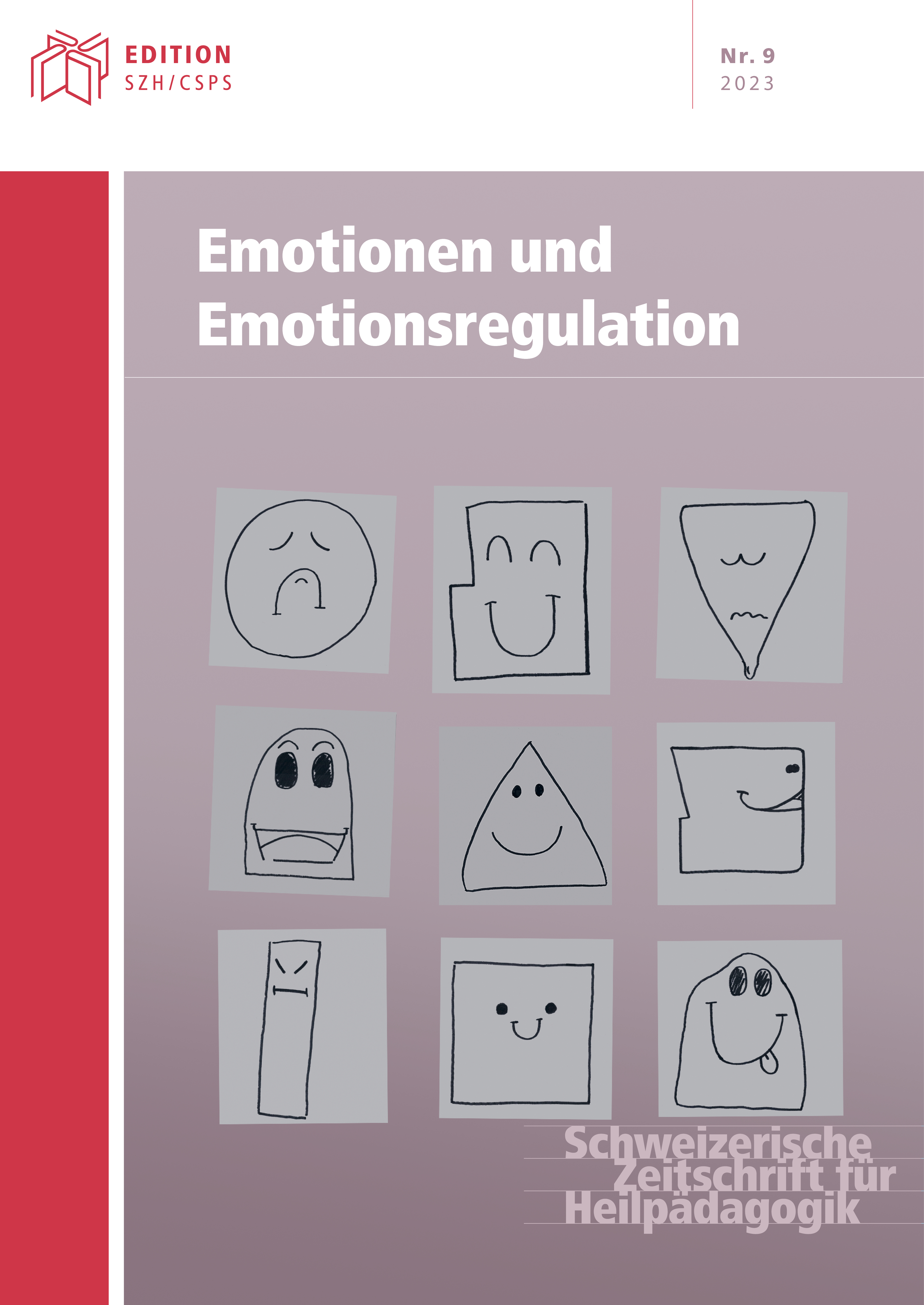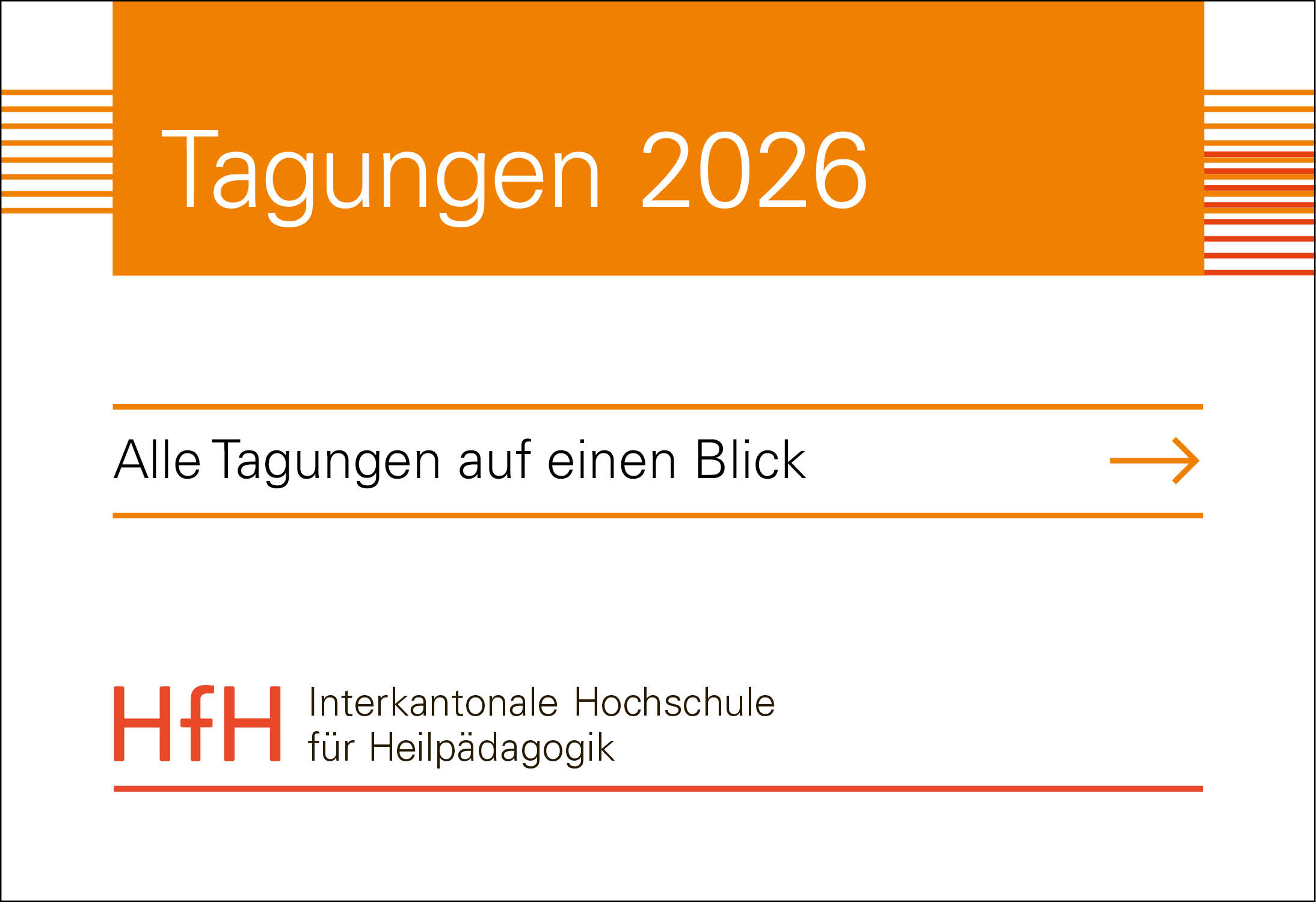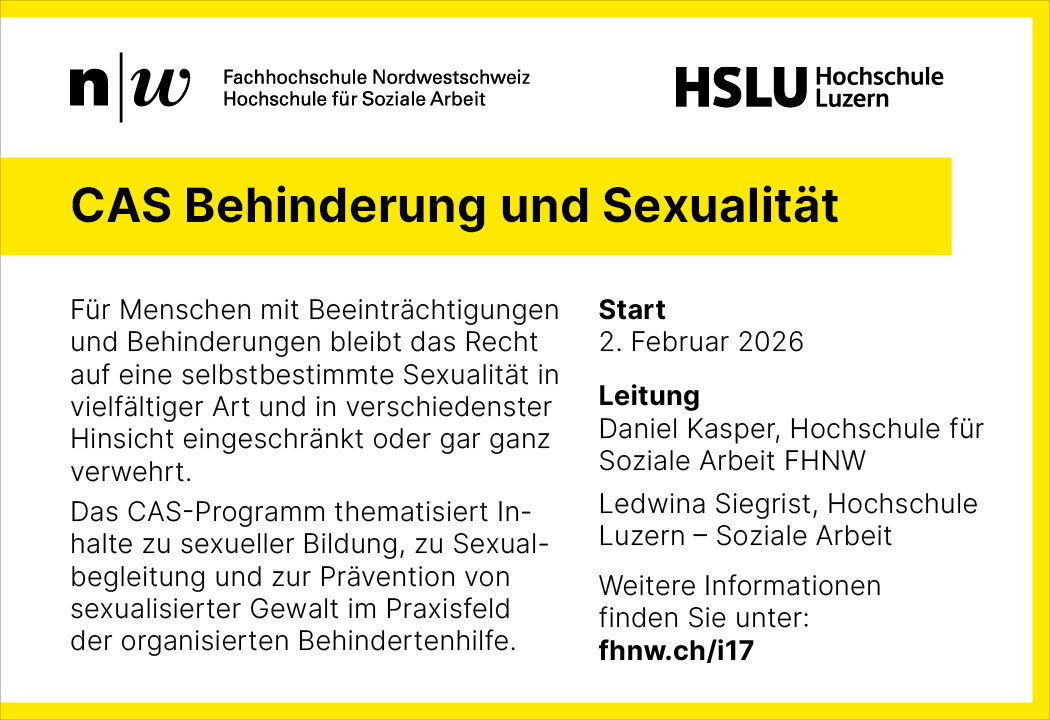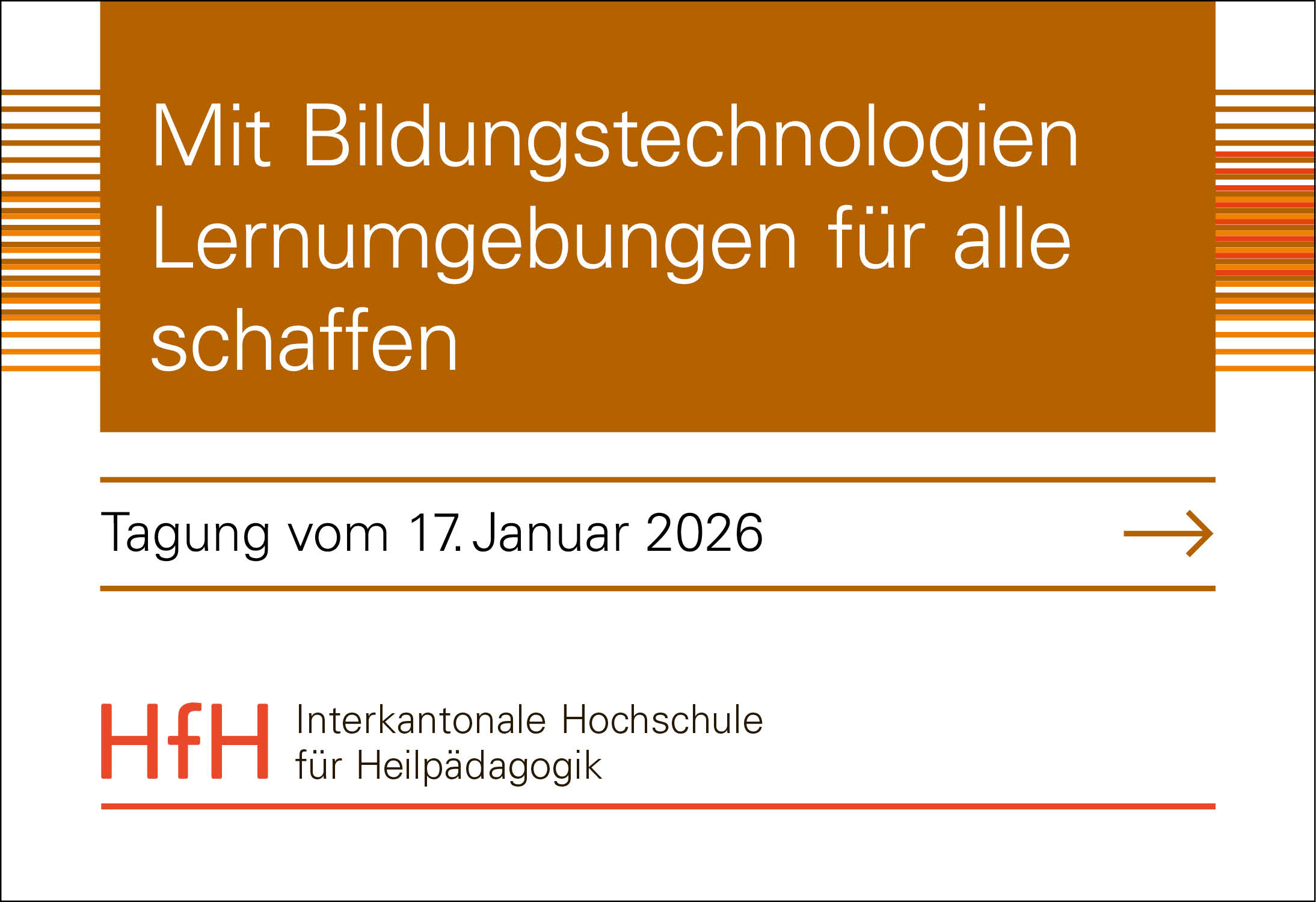Künstliche Intelligenz und menschliche Emotionen
DOI :
https://doi.org/10.57161/z2023-09-05Mots-clés :
compétences médiatiques, dépendance, émotion, intelligence artificielle, transformation numériqueRésumé
Ces dernières années, le développement d'applications et de technologies basées sur l'intelligence artificielle (IA) a fait de grands progrès. Si l'IA offre de nombreux avantages et ouvre de nouvelles possibilités, son utilisation abusive suscite également des inquiétudes. De plus en plus de programmes d'IA sont conçus pour lire et utiliser les émotions des utilisatrices et des utilisateurs. Il est donc essentiel que les personnes qui utilisent ces applications soient conscientes qu'elles peuvent être manipulées sur le plan émotionnel. Cet article démontre l'importance de ces développements pour la pédagogie spécialisée.
Références
Europäisches Parlament. (2023). Was ist künstliche Intelligenz und wie wird sie genutzt? https://www.europarl.europa.eu/news/de/headlines/society/20200827STO85804/was-ist-kunstliche-intelligenz-und-wie-wird-sie-genutzt [Zugriff: 12.08.2023]
Feldman Barrett, L., Adolphs, R., Marsella, S., Martinez, A. M. & Pollak, S. D. (2019). Emotional expressions reconsidered: Challenges to inferring emotion from human facial movements. Psychological science in the public interest, 20 (1), 1–68.
Fischer, A. H. & Manstead, A. S. (2016). Social functions of emotion and emotion regulation. Handbook of emotions, 4, 424–439.
Goldenberg, A. & Gross, J. J. (2020). Digital Emotion Contagion. Trends in Cognitive Sciences, 24 (4), 316–328. https://doi.org/10.1016/j.tics.2020.01.009
Hamisch, K. & Kruschel, R. (2022). Zwischen Individualisierungsversprechen und Vermessungsgefahr – Die Rolle der Schlüsseltechnologie Künstliche Intelligenz in der inklusiven Schule. Grenzen. Gänge. Zwischen. Welten, 108.
Messingschlager, T. & Holtz, P. (2020). Filter Bubbles und Echo Chambers. In M. Appel (Hrsg.), Die Psychologie des Postfaktischen: Über Fake News, «Lügenpresse», Clickbait & Co. (S. 91–102). Springer. https://doi.org/10.1007/978-3-662-58695-2_9
Monteith, S., Glenn, T., Geddes, J., Whybrow, P. C. & Bauer, M. (2022). Commercial use of emotion artificial intelligence (AI): Implications for psychiatry. Current Psychiatry Reports, 24 (3), 203–211.
Peters, R. (2021). Emotionserkennung mittels künstlicher Intelligenz – Perspektiven und Grenzen von Technologien zur Analyse von Gesichtsbewegungen. https://publikationen.bibliothek.kit.edu/1000134317
Qin, Y., Omar, B. & Musetti, A. (2022). The addiction behavior of short-form video app TikTok: The information quality and system quality perspective. Frontiers in Psychology, 13, 932805. https://doi.org/10.3389/fpsyg.2022.932805
Robinette, P., Li, W., Allen, R., Howard, A. M. & Wagner, A. R. (2016). Overtrust of robots in emergency evacuation scenarios. 2016 11th ACM/IEEE International Conference on Human-Robot Interaction (HRI), 101–108. https://doi.org/10.1109/HRI.2016.7451740
Sinha, A., Sapra, D., Sinwar, D., Singh, V. & Raghuwanshi, G. (2023). Assessing and Mitigating Bias in Artificial Intelligence: A review. Recent Advances in Computer Science and Communications, 16. https://doi.org/10.2174/2666255816666230523114425
Tsumura, T. & Yamada, S. (2023). Influence of agent’s self-disclosure on human empathy. PLOS ONE, 18 (5), e0283955. https://doi.org/10.1371/journal.pone.0283955
Villa, S., Kosch, T., Grelka, F., Schmidt, A. & Welsch, R. (2023). The placebo effect of human augmentation: Anticipating cognitive augmentation increases risk-taking behavior. Computers in Human Behavior, 146, 107787. https://doi.org/10.1016/j.chb.2023.107787
Zaki, J. & Williams, W. C. (2013). Interpersonal emotion regulation. Emotion, 13 (5), 803–810. https://doi.org/10.1037/a0033839
Zhao, H. & Wagner, C. (2023). How TikTok leads users to flow experience: Investigating the effects of technology affordances with user experience level and video length as moderators. Internet Research, 33 (2), 820–849. https://doi.org/10.1108/INTR-08-2021-0595
Téléchargements
Publiée
Comment citer
Numéro
Rubrique
Licence
© Christa Schmid-Meier 2023

Ce travail est disponible sous la licence Creative Commons Attribution 4.0 International .









